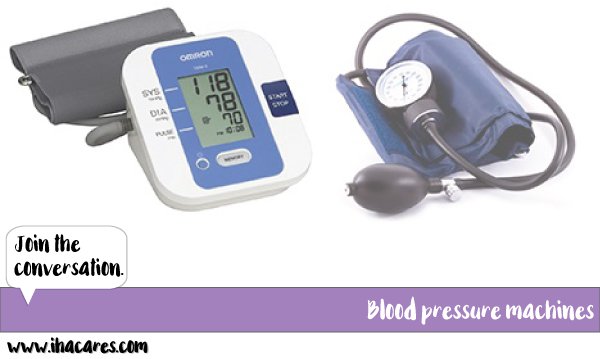
If you think you have high blood pressure and want to check your blood pressure often, those free machines at local pharmacies are tempting. But just how accurate are they?
There are two types of blood pressure monitors. The first is the one you’re probably most familiar with, manual blood pressure monitors. These consist of an arm cuff, squeeze bulb, gauge and a stethoscope. This is most likely what your doctor or nurse practitioner uses when you go into the office for a visit.
There are also automatic monitors, much like the one in your local pharmacy and home usage. These are powered by batteries, usually a pump, and have a cuff that attaches to your upper arm. These monitors are easier to use. The only monitors that are recommended are upper arm models and wrist models should not be used. The machine at your local pharmacy may be tempting, but according to a study from The Journal of Family Practice, the machines at local pharmacies aren’t calibrated as often as they should be. It’s also possible the cuff won’t fit you, meaning your reading isn’t accurate.
If you want to monitor your blood pressure at home, you should purchase an automatic upper arm model for about $60-80. Models that have been shown to be accurate are made by Omron and HoMedics. Be sure to place the cuff on your arm and sit for 3-5 minutes to obtain an accurate reading. If you do not rest before the readings, the measurements will be TOO HIGH. Also, remember that blood pressure is very variable and you will see some high and some low readings, which is normal. Write down the readings and share these with your physician.
This article was originally published on December 15, 2014, and was updated on February 2, 2017.
